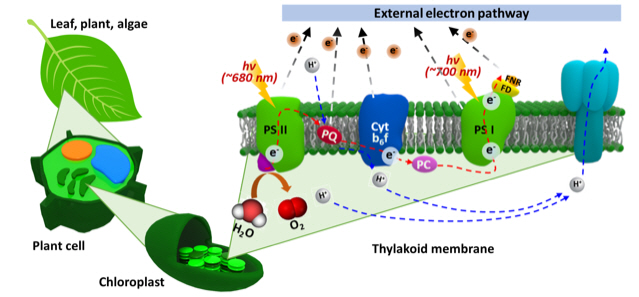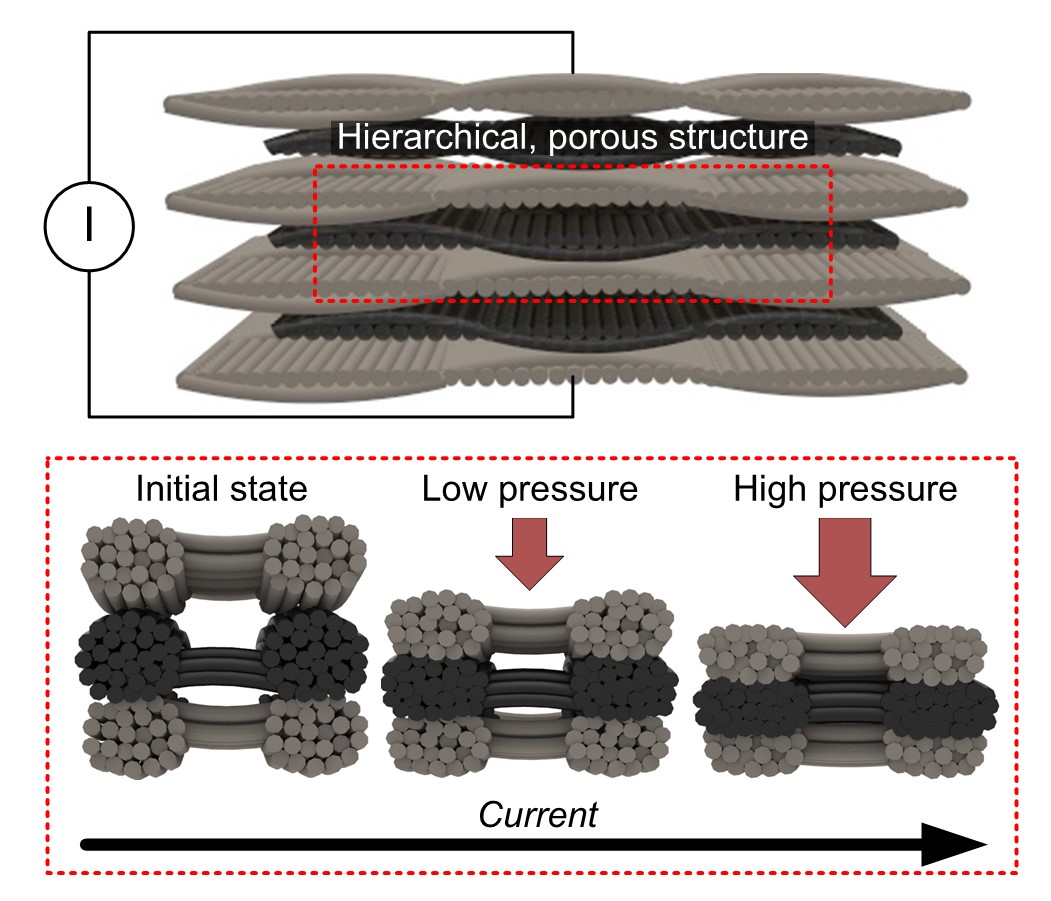-
4

- Micro sensors for accurate on-site monitoring of airborne nanoparticles
- Micro sensors for accurate on-site monitoring of airborne nanoparticles For accurate monitoring of airborne nanoparticles at a point of care, a Yonsei research team led by Professors Kim, Yong-Jun developed micro nanoparticle detection sensors. These sensors grow nanoparticles to micrometer droplets in the chip through condensation, and count grown droplets based on the light scattering method. Using this measurement principle, the sensors were able to count individual nanoparticles as small as 10 nm, guaranteeing accurate measurement performance. Moreover, since the essential functions for growing droplets are integrated on a single chip using semiconductor manufacturing process, the sensors are far cheaper, smaller than the conventional nanoparticle instruments. According to professor Kim, the sensors can be readily used in any kinds of environments where on-site monitoring is required, such as indoors, outdoors or work places. Also, they can be applied to the assessing individual daily exposure to nanoparticles, contributing to the undergone exposome projects including ‘The Human Early-Life Exposome (HELIX)’. The results of the research were published on 2018, November 5 as the article of the Atmospheric Measurement Techniques, and 2020, March 1th as the article of RSC Lab on a chip. (Link to the paper) Figure 1: The two types of micro nanoparticle detection sensors; left one generate droplets using butanol vapor (Atmos. Meas. Tech., 12, 5335–5345, 2019), and the other is based on water vapor (Lab Chip, 2020, 20, 1092). The essential components for growing droplets on the chip, which are integrated on the single chip using the semiconductor manufacturing process. Figure 2: On-site monitoring results of the sensors, compared with the reference instrument.
- 기계공학부 2020.06.08
-
3

- Photosynthetic Bio-solar Cells: Electricity from Plants and Photosynthetic Algal Cells
- Photosynthetic Bio-solar Cells: Electricity from Plants and Photosynthetic Algal Cells Natural photosynthesis is the cleanest energy conversion process by which solar energy is converted to electricity with high efficiency. A team led by Prof. WonHyoung Ryu in Department of Mechanical Engineering has been investigating engineering methods to directly extract photosynthetic electrons (PEs) from living plant cells, algal cells, and isolated photosynthetic membranes or apparatus. The team has developed nanoscale electrodes (NEs) to penetrate cell membrane and directly extract PEs from living algal cells, including a cantilever NE system for single cell analysis (Nano Res. 2018), vertically-aligned NE array for multiple cells insertion (Adv. Funct. Mater. 2016), or highly-dense NE arrays for cell film insertion (Biosens. Bioelectrons. 2018). Recently, the team started using thylakoid membranes (TMs) isolated from spinach leaves to construct photosynthetic anodes for enhanced PE extraction using various nanomaterials using CNTs, metallic nanoparticles, graphene oxides. Currently, as an effort to develop the technology to practical systems, the team also started building photosynthetic bio-solar cells with an aim to power small ICT sensors.
- 기계공학부 2020.06.08
-
2

- Develops Hierarchical Metamaterial For Multispectral Camouflage
- Develops Hierarchical Metamaterial For Multispectral Camouflage Professor Hyung Hee Cho in School of Mechanical Engineering and his research team have developed the world’s first hierarchical metamaterial for integrated infrared and radar camouflage. Camouflage technology is a state-of-the-art technology that enhances national defense by protecting its military assets from detection systems. Since the detection system detects the wavelength of a specific band, camouflage technology has been developed as to deceive the detection system by adjusting the optical and thermal characteristics of surfaces. However, it is difficult to control radar and infrared waves at the same time. This is because the scale difference of surface for radar and infrared camouflage was more than 1000 times. However, Professor Cho mediated the IR selective emitter for IR camouflage with a microwave selective absorber for radar camouflage through a high-frequency filter. The results of the research were published in March 2019 as the cover article of Advanced Functional Materials with the title “Hierarchical Metamaterials for Multispectral Camouflage of Infrared and Microwaves” and US and Korea patent with the title “Composite Structure for Controlling Absorptivity of Radar And Emissivity of Infrared Regions” have been registered.
- 기계공학부 2020.06.08
-
1

- Advancing flexible tactile sensors for interfacing human and machine
- Advancing flexible tactile sensors for interfacing human and machine Professor Jongbaeg Kim and his research team at Yonsei have developed high-performance flexible tactile sensors for advanced wearable applications. The researchers utilized nanomaterial-coated fabrics as sensing materials and stacked them into multilayers to maximize their structural benefits, which dramatically enhanced sensing performances. The team also demonstrated all-textile flexible keyboards and wearable tactile interfaces that wirelessly deliver tactile information between the users, proving the potential of their work. These results were published as the cover article of Advanced Functional Materials in August 2019, with the title “Multi-Layered, Hierarchical Fabric-Based Tactile Sensors with High Sensitivity and Linearity in Ultrawide Pressure Range.” Professor Kim and his team have been working on flexible electronic devices through advanced materials and designs. They have been developing 1) functional devices such as multidirectional force sensors and crosstalk-free sensor matrices, and 2) fabrication technologies for integrating high-performance sensors into flexible platforms. With these technologies, the team aims to realize multimodal interfaces that can bridge the gap between human and machine. According to Professor Kim, their research “may be applied to augmented/virtual realities and wearable robots by providing enhanced haptic interaction and delicate control.”
- 기계공학부 2020.06.08

